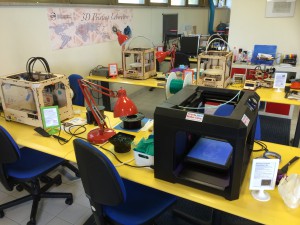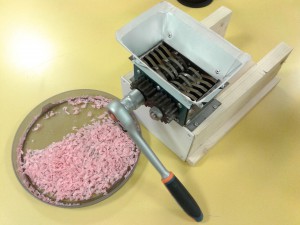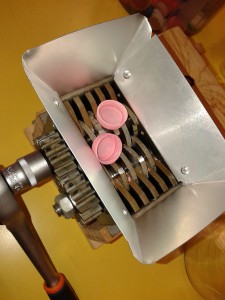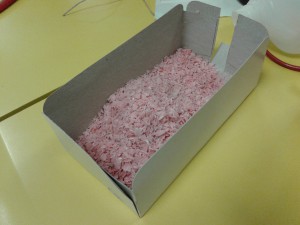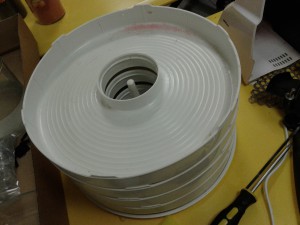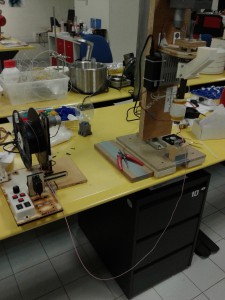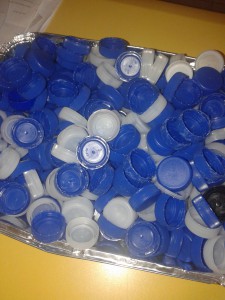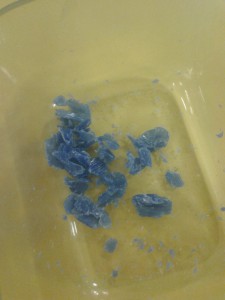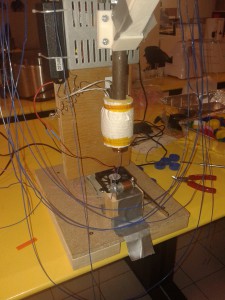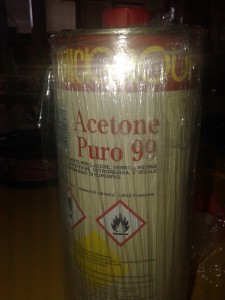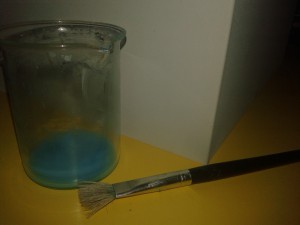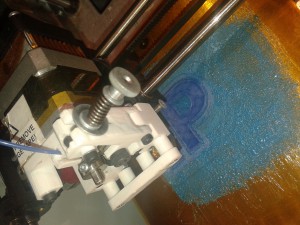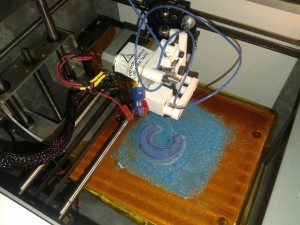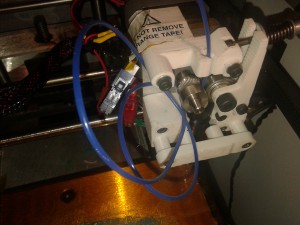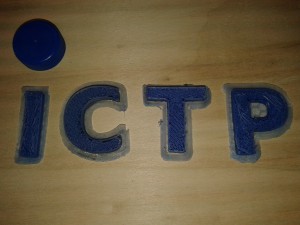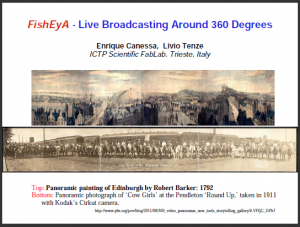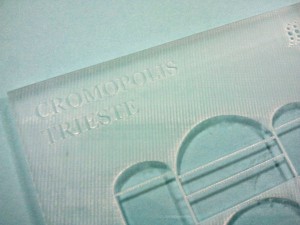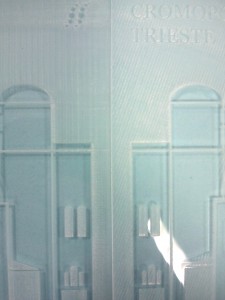COSTRUZIONE DI UNA STAMPANTE 3D
La presente relazione ha lo scopo di documentare cronologicamente la costruzione di una stampante 3D utilizzando come linee guida le informazioni trovate dai vari siti della REPRAP community in rete.
Il mio profilo tecnico si basa su una formazione di base in Elettrotecnica (Perito elettrotecnico) e sulla conoscenza e la sperimentazione elettronica acquisiti nel mio percorso professionale sempre a diretto contatto con l’elettronica ed hobbistico unita all’attitudine ad affrontare “l’ignoto” maturata credo sempre professionalmente quando lavorai alla Digital Equipment Corporation nel ramo assistenza tecnica ai terminali ed ai computer medio grandi degli anni 90.
Il progetto si ispira fondamentalmente al modello REPRAP PRUSA i3 ed in particolare segue la guida base del progetto PRUSA i3 REWORK che mi sembra la più dettagliata. In corso d’opera poi sono state fatte delle variazioni dettate dalle necessità del momento e dalla disponibilità di materiali a più basso costo.
Lo scopo principale del progetto è realizzare la stampante con la minima spesa e riciclando il più possibile materiali già in mio possesso.
NON E’ STATO USATO ALCUN KIT PRE CONFEZIONATO per la costruzione della stampante in quanto generalmente troppo costoso e perché preferivo affrontare una costruzione partendo da zero e costruirmi strada facendo anche l’esperienza che in questo campo mi mancava anche a costo di errori.
Tutte le parti sono state costruite, recuperate e comperate separatamente presso vari siti dedicati al commercio di parti per le stampanti 3D su internet e citati caso per caso nella relazione.
Un particolare ringraziamento va al SciFabLab dell’ICTP di Trieste che mi ha appoggiato consigliandomi inizialmente da quale progetto partire dato che nella comunità REPRAP sono disponibili numerosissimi progetti e relative evoluzioni tali da far perdere la testa e scoraggiare chiunque che come me inizi un approccio alla costruzione di un modello di stampante.
Il problema iniziale infatti è stato proprio questo….QUALE STAMPANTE COSTRUIRE.
Grazie al SciFabLab dell’ICTP di Trieste e il suo valido coordinatore Carlo Fonda, ho potuto utilizzare le stampanti 3D MAKERBOT del centro per realizzare le parti plastiche in ABS della mia stampante.
Inizialmente mi ero focalizzato sul modello PRUSA i2 poi però mi è stato consigliato di passare al modello PRUSA i3 in quanto più recente e meccanicamente più stabile.
SPECIFICHE DI MASSIMA DELLA STAMPANTE
– DATI TECNICI
Dimensioni di stampa XYZ: 200x 200 x 200 mm (assi XYZ)
Max temperatura di stampa: 400°C
Materiali di stampa: ABS/PLA/NYLON/altro (filamento da 1,75 mm)
Alimentazione: 220V AC Alimentatore ATX 12V 500W
Tecnologia: stratificazione di filamento fuso di PLA, ABS o nuovi materiali sperimentali.
Struttura: Telaio in truciolare spessore 23mm ,barre filettate in acciaio con parti plastiche guide rettificate di 8 mm
Carrello X in plastica con manicotti a ricircolo di sfere con guide paraolio LM8UU
Carrello Y: Piano di base in alluminio da 5mm con manicotti a ricircolo di sfere con guide paraolio LM8UU
Hot end: Hot-end tipo Metal Jhead con ventola di raffreddamento a velocità controllata con ugello da 0,40 e 0,20 mm intercambiabili. Termistore NTC in vetro da 100K con profilo termico personalizzato.
Heatbed: Versione ALPHA senza heatbed Versione BETA heatbed su Pcb Tipo MK2a
Movimento: 4 motori stepper NEMA 17 + 1 motore stepper NEMA 17 per estrusore.
Controller: Ramps 1.4 con A4988 stepper driver
Display LCD: con lettore secure digital per stampa in remoto senza pc
Comunicazione: USB to Serial su board Arduino MEGA2560
Velocità di stampa tipica: 60-80-100 mm/sec
Velocità di stampa massima: up to 200 mm/sec (in funzione dell’oggetto da stampare e del diametro dell’ugello)
Risoluzione nominale in Z: 0.1 mm
Larghezza: 380 mm
Profondità: 380mm + x per ingombro effettivo PS e cablaggio elettronica
Altezza: 370mm + x per ingombro rotolo filamento
Segue l’elenco dei post pubblicati.
Elenco dei Post:
Prusa i3 elenco dei materiali da acquistare.
Prusa i3 Struttura Letto di stampa
I motori Stepper per la Prusa i3

